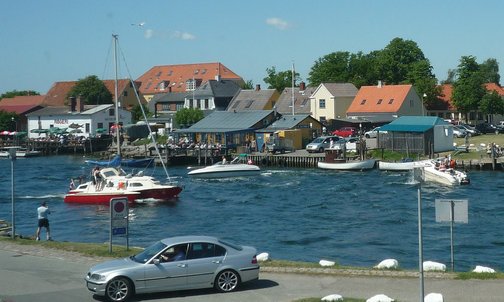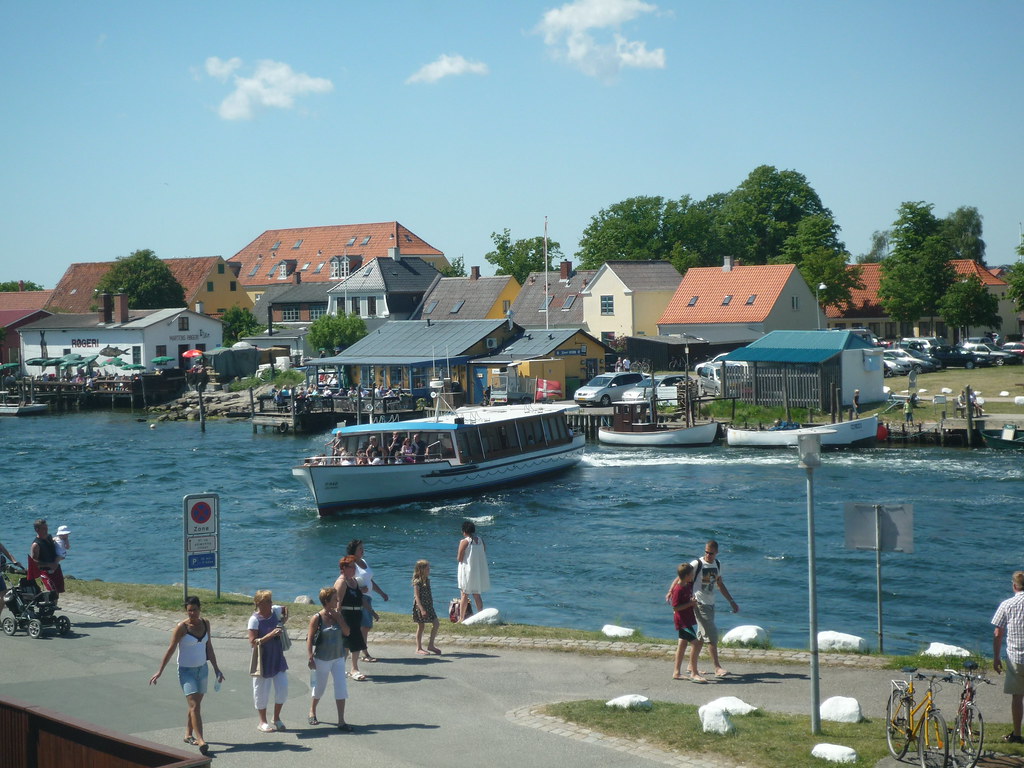
Outta my way! No, outta my way!
Five minutes after this brilliant display of precision seamanship, a small bulk cargo ship will glide placidly through, engine barely ticking over, crew waving down at me in my second-story window while the bow is already passing the bridge 100 yards downstream. The channel dead-ends in a tiny harbor with two branches that are nowhere wider than the ship is long, but I know they didn't back 6 miles up the channel, so they must have somehow turned it around. So how come these little boats that could fit four end-to-end across the channel have so much more trouble turning around than this massive ship, which practically scrapes both sides of the channel and has more steel sail area than the entire fleet?

Room to spare
Next time you get in a tight spot and need to turn around, try this:
- Get a cup of coffee and have it close to the helm.
- Slow down to a near-complete stop, and throw the helm hard over to one side (to starboard if you have a right-hand prop, or to port for a left-hand prop). If you're not sure, check under the boat. If you're still not sure, install a bow thruster.
- Apply generous forward power only until the boat starts to turn, but not until you have on any appreciable forward motion.
- Don't touch the helm!
- Now give it plenty of reverse, again watching to make sure the boat doesn't start moving backwards or turning in the other direction.
- Repeat from step 3 until you're facing the way you want to be.
- If anything goes wrong, take a sip of coffee. It helps you to focus without panicking, and it makes people watching think you know what you're doing. Try it – it really works!

I'm giving her all she's got, Captain!
So how did that big ship turn around so easily? Answer: they practiced this maneuver and others before heading out in such close quarters with so many people looking on!

No comments:
Post a Comment